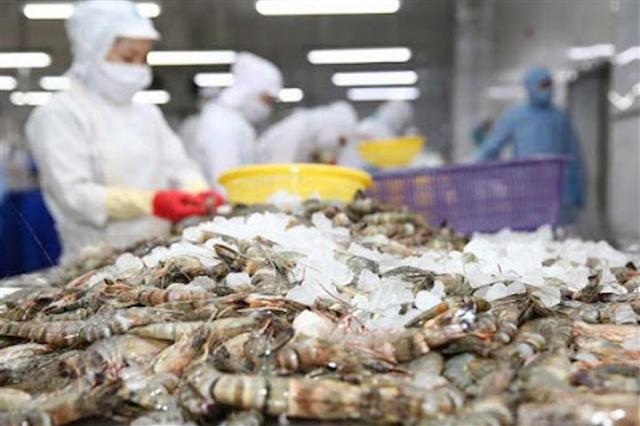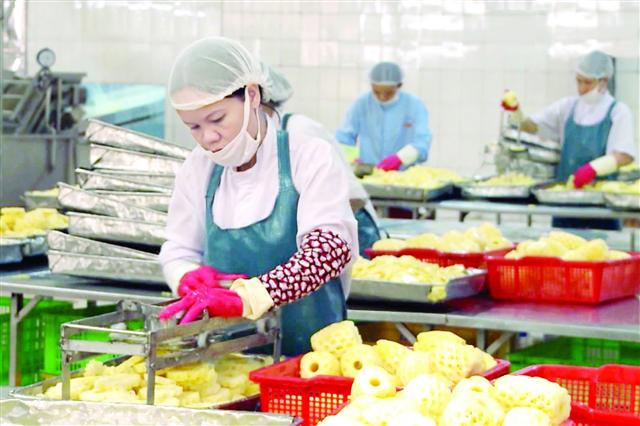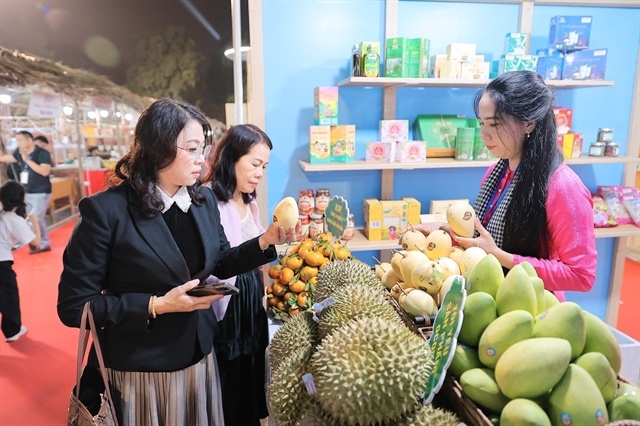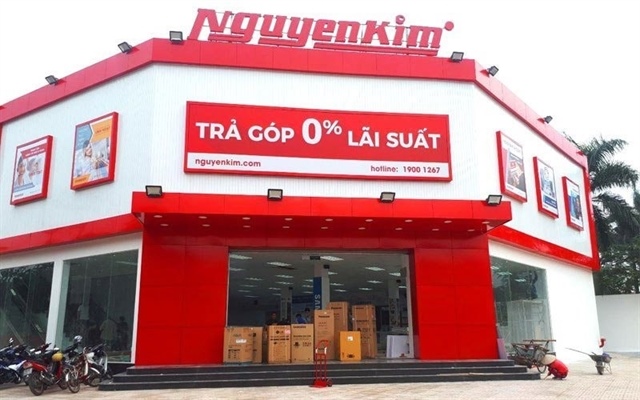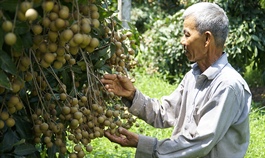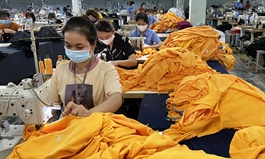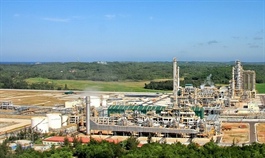Free trade deal boosts produce exports to Russia
Free trade deal boosts produce exports to Russia
Vietnam's seafood exports to Russia have increased sharply since 2019 as a result of the Vietnam-Eurasian Economic Union Free Trade Agreement (VN-EAEU FTA).
Seafood and fruit exports increasing
According to the General Department of Vietnam Customs, in the first five months of 2021, Vietnam exported 21,300 tonnes of seafood worth US$72.2 million to Russia, up 72 percent in volume and 60.4 percent in value from the same period of 2020.
|
Vietnam has become the fourth largest supplier of frozen shrimp to Russia, after Ecuador, Argentina and India, enjoying the benefits of zero customs duties since the free trade deal entered into effect in 2016.
Vietnam's fruit and vegetable exports to Russia increased sharply in 2020 and 2021 despite the Covid-19 pandemic. According to the Ministry of Industry and Trade, Vietnam exported vegetables and fruits worth US$54.4 million to Russia in 2020, up 58.7 percent from the previous year. In the first four months of 2021, fruit and vegetable exports to Russia reached US$26.2 million, up 32.4 percent year-on-year. Although their market share is still small, Vietnamese fruit and vegetable exports to this market have grown 20 percent annually since the VN-EAEU FTA took effect.
According to the Ministry of Industry and Trade’s Agency of Foreign Trade, Russia has been a traditional importer of Vietnamese agricultural products including coffee, pepper, tea, vegetables, fruits, and rice, among others since the 1990s. The elimination of almost 60 percent of tariff lines imposed on such goods is expected to pave the way for increased exports to Russia.
Sergey Ianchenko, Deputy Chief Representative of the Trade Agency of the Russian Federation in Vietnam, sees great potential for broader trade ties due to the trade agreement. Since the agreement took effect in late 2016, trade between Vietnam and EAEU countries has grown almost 30 percent annually, Ianchenko said.
|
From shrimp to pomelo
According to the Agency of Foreign Trade, in the first four months of this year, Russia imported shrimp from Vietnam at a price of US$7.6 per kilo while paying US$4.7, US$6.5 and US$1.06 per kilo of Ecuadorian, Argentinian and Indian prawn, respectively.
According to the Vietnam Association of Seafood Exporters and Producers (VASEP), Russia is a traditional importer of Vietnamese Tra fish. However, exports to this market are not stable due to Russian policies that differ from those of its neighbors.
In the last several months of 2020, Russia sharply increased its import of pomelo from Vietnam. However, Vietnamese pomelos have to compete with pomelo from other countries, especially China, which has held a leading position in the Russian market for decades. Standards for pomelo exports to Russia are quite strict in terms of variety and product safety.
Vietnam mainly exported coffee, seafood, vegetables and fruits to Russia while importing wheat, seafood, wood, rubber and pork. The produce exports and imports of the two countries do not compete directly with each other and therefore, the Russian market still has a lot of room for Vietnamese exporters.
To maintain growth and improve the market share of Vietnamese agricultural and seafood products in Russia and EAEU countries, economists advise businesses to regularly check the latest information about the VN-EAEU FTA’s implementation, focus on ensuring the prestige and quality of export products, boost processed farm produce exports, and diversify the range of products made from fresh fruit to improve their competitiveness in Russia.
Relevant authorities need to strengthen assistance for trade promotion and market forecasting, and provide specific information to help businesses prepare for approaching and expanding trade with Russia.
| In the first five months of 2021, Vietnamese-Russian trade reached US$2.21 billion (up 21.4 percent from the same period in 2020), including Vietnamese exports worth US$1.37 billion, up 41.2 percent, and Russian exports worth US$845 million, down 0.22 percent compared to the same period last year. |


